Moscow: contemporary art off the beaten track
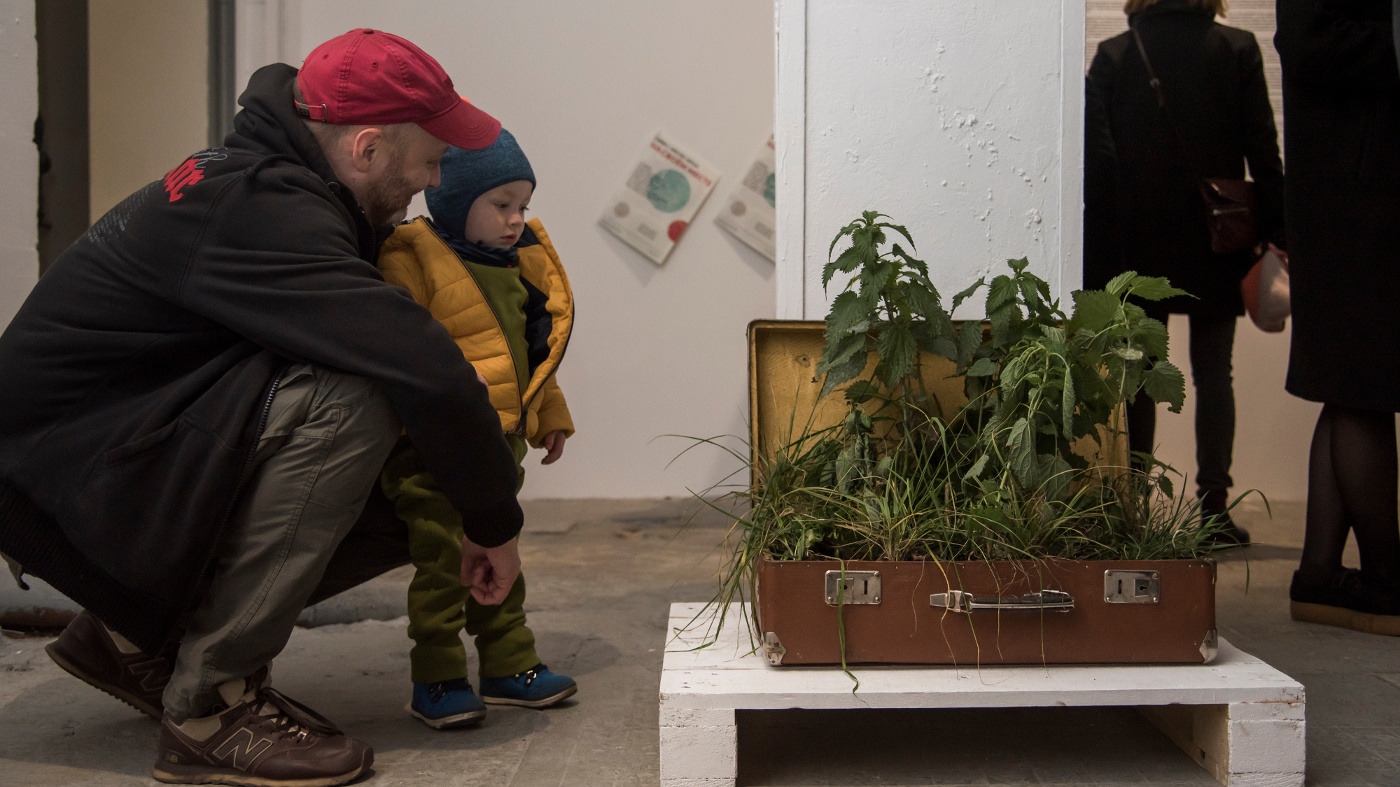
One of the many joys of contemporary art is the places it takes you. From former factories and warehouses to church crypts, farms and disused public toilets: artists everywhere have long been making and exhibiting work in unexpected locations. The same is true in Moscow, a city that is increasingly becoming known as a contemporary art hub.
On the horizon is the imminent opening of billionaire Leonid Mikhelson’s V-A-C space. A decommissioned 1907 power station known as GES-2 has been radically reconfigured by architect Renzo Piano and is planned to include not only exhibition spaces, but extensive workshops and production facilities. Over the past decade, V-A-C has built a reputation for considered and engaging projects and exhibitions. The new Moscow art centre will be as significant as it is vast.
There are well-established institutions too: the modernist New Tretyakov gallery, Moscow Museum of Modern Art (MMOMA), and Garage Museum of Contemporary Art are all important, albeit quite different, centres for visual art.
The Week
Escape your echo chamber. Get the facts behind the news, plus analysis from multiple perspectives.

Sign up for The Week's Free Newsletters
From our morning news briefing to a weekly Good News Newsletter, get the best of The Week delivered directly to your inbox.
From our morning news briefing to a weekly Good News Newsletter, get the best of The Week delivered directly to your inbox.
In the lower ground floor of the snazzy Ritz Carlton hotel, a new venture called Cube.Moscow brings together around a dozen commercial galleries in one place. This gives visitors a great opportunity to see, and potentially invest in, a broad cross-section of Russian contemporary art.
Venture further out of the city centre, however, and Moscow begins to reveal its complexity and diversity. As with many cities, the majority of the population – and that includes artists – lives and works well away from its heart. There are artist studios, for example, tucked away at VDNKh, the vast outdoor agglomeration of exhibition pavilions constructed during the Soviet era in the north of Moscow.
A paragon of self-aggrandisement, VDNKh embodies the image that the Soviet state sought to convey about itself. The presence of art studios across a number of buildings – including a very smartly decked out 1939 pavilion administered by Garage – suggests that VDNKh remains a living part of the city.
More typical of artists’ predilection for former industrial spaces are Winzavod and Fabrika. Winzavod, which consists of 11 galleries, as well as studios and workshops, is housed in a former wine-making factory near Kursky station in the east of Moscow and is probably the better known.
A free daily email with the biggest news stories of the day – and the best features from TheWeek.com
But Fabrika is the more interesting. Opened in 2005 in a former paper factory in the north-east (a 20-minute walk from the fabulously decorated Elektrozavodskaya metro station), Fabrika combines studio and gallery spaces with a consistently thought-provoking programme of exhibitions and events.
On my last visit, the gallery was hosting an exhibition entitled In Situ, the culmination of numerous artist residencies and prolonged engagements with Russian places and communities. Curated by Anna Kozlovskaya and Kristina Pestova, and part-funded by the Austrian Cultural Forum, the exhibition developed out of a deep research process and a wide range of conceptual approaches involving artists from Austria, France and Russia. Anna Tagantseva-Kobzeva undertook an artist residency in a shopping mall; Dima Grin initiated a community gardening project.
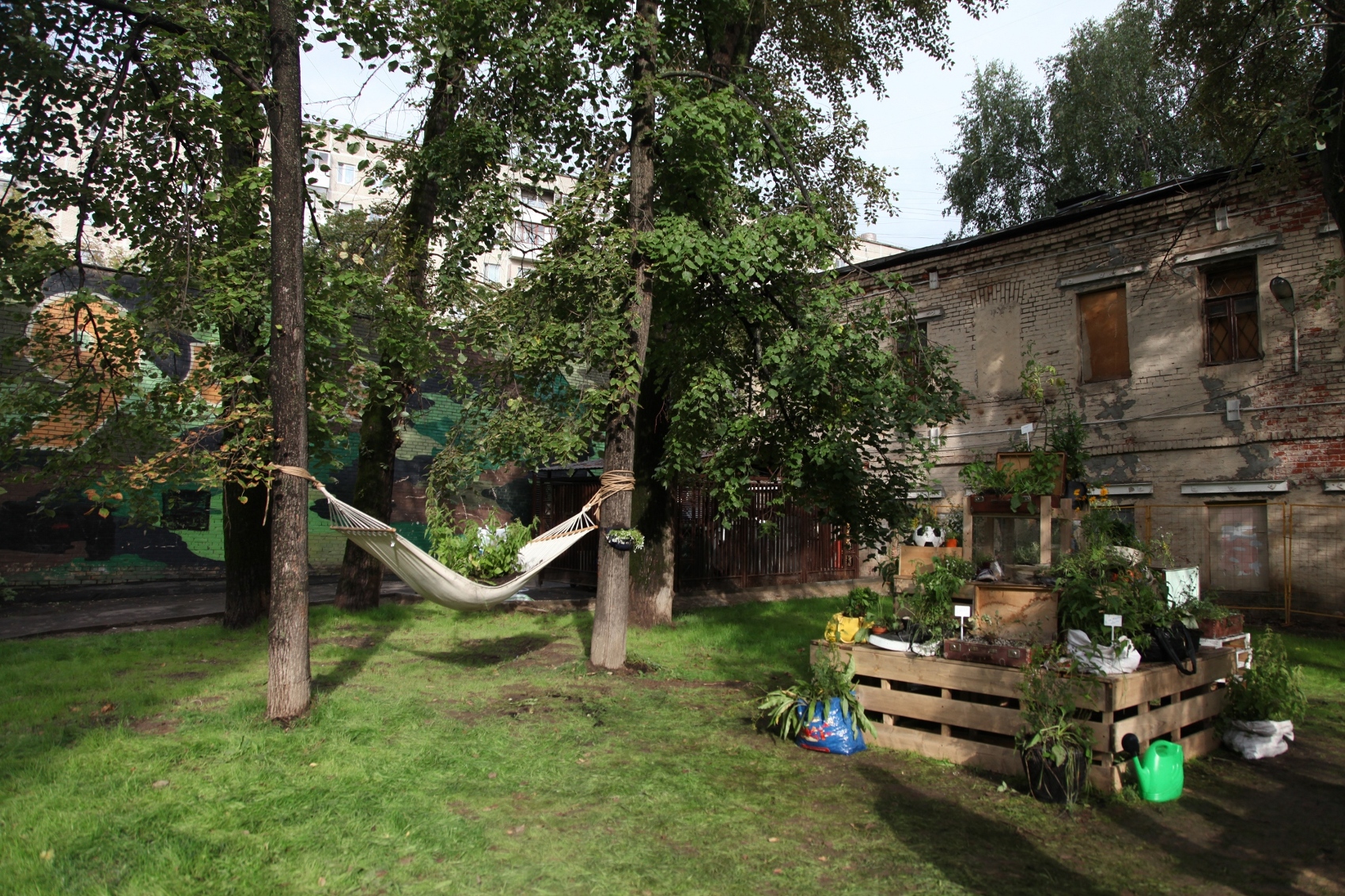
The exhibition also included a specially produced map of artist studios across Moscow – a fascinating overview of the city’s diverse loci of creative production.
Given Russia’s illustrious cinematic heritage, it is unsurprising that Moscow is home to hundreds of cinemas. Unfortunately, many of these have been closed and sold and are now threatened with demolition. In the Soviet-era cinema was a vital means of communication; today generic multiplexes are the norm.
Artist Vasilena Gankovska’s Moscow Cinema Project – co-commissioned by Fabrika as part of In Situ – is an attempt to document through photography, drawing and a new book, some 39 of these independent cinemas built between 1938 and 1990 in the city’s residential districts.
Keeping some of this cinematic heritage alive today is Moskino. Part-funded by the city authorities, the group runs thirteen single-screen cinemas dotted across Moscow, mostly built between the 1950s and the 1970s. The programme is highly varied: from international art-house screenings to short film programmes and a whole host of Russian titles, from the mainstream to the obscure.
If unusual cinema is your interest – and your Russian is up to it – then taking in a screening at one of Moskino’s cinemas is highly recommended.
Many of Moscow’s other cultural offerings are also legacies of the Soviet era. In the south of Moscow, a short walk from Avtozavodskaya metro (meaning ‘car factory’), stands ZiL cultural centre, a striking example of 1930s constructivism. Conceived as a Palace of Culture, once rumoured to be the subject of a takeover by the Hermitage in St Petersburg, ZiL is today a buzzing multifunctional arts space that plays host to a wide range of lectures, events and classes.
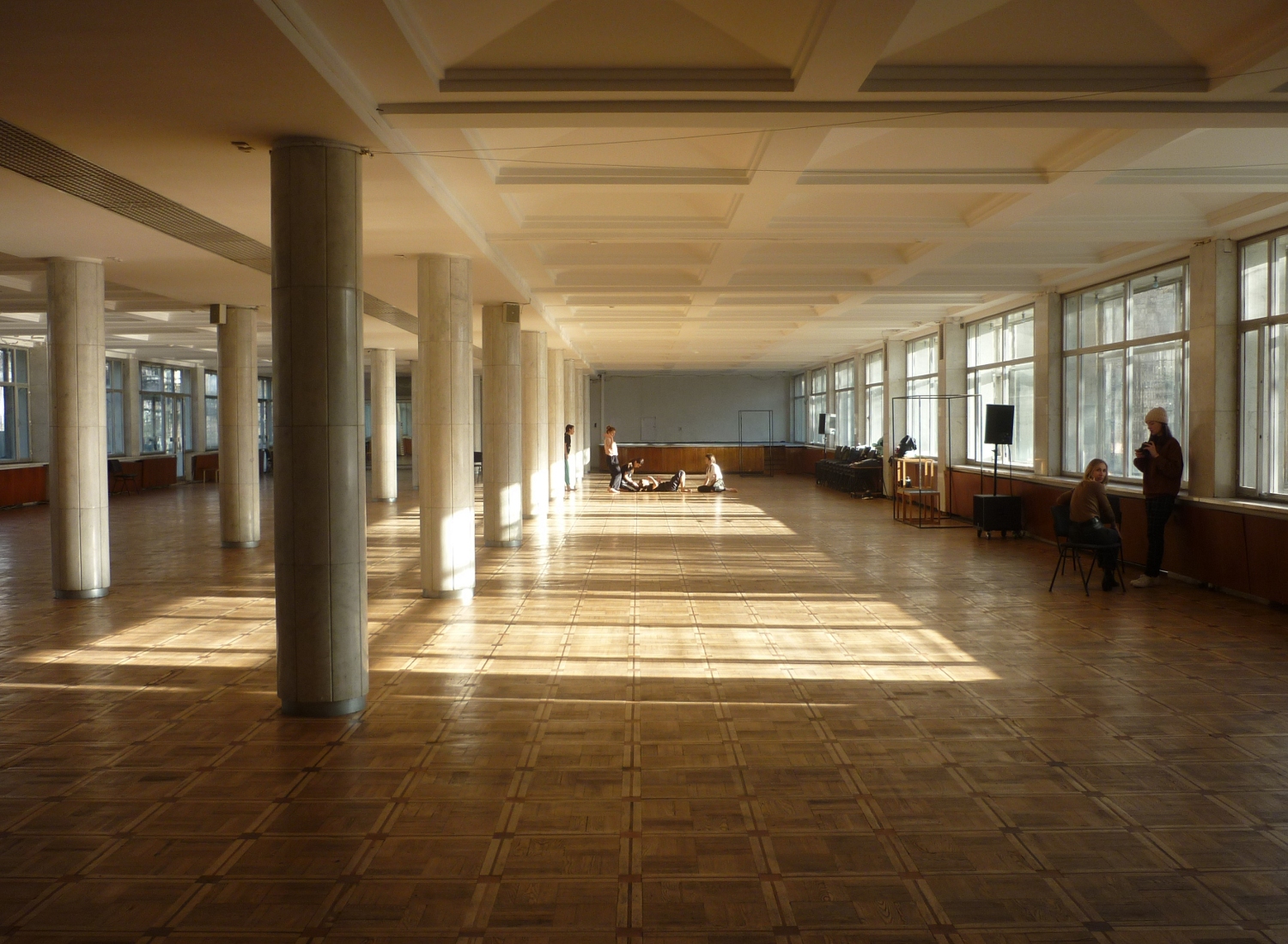
There are well-equipped art, design and technology facilities and a constant thrum of energy and activity. Keep an eye out for exhibitions, festivals and dance performances or simply head over to admire the pioneering architecture of the Vesniny brothers.
Another multi-arts space definitely worth a visit is the Gogol Centre, about a fifteen-minute walk from Winzavod. Best known for its avant-garde theatre, dance and performance, the centre also hosts film screenings and art exhibitions. Despite – or because of – its cutting edge programming, Gogol Centre has come under fire.
Its artistic director, the internationally celebrated Kirill Serebrennikov, currently stands accused of fraud in a case many argue is politically motivated. My own visit coincides with an exhibition of paintings by Pasmur Rachuiko, each one packed full of contested symbolism: Orthodox cathedrals, wolves, AK47s, burqas, Soviet housing blocks and lots and lots of birch trees.
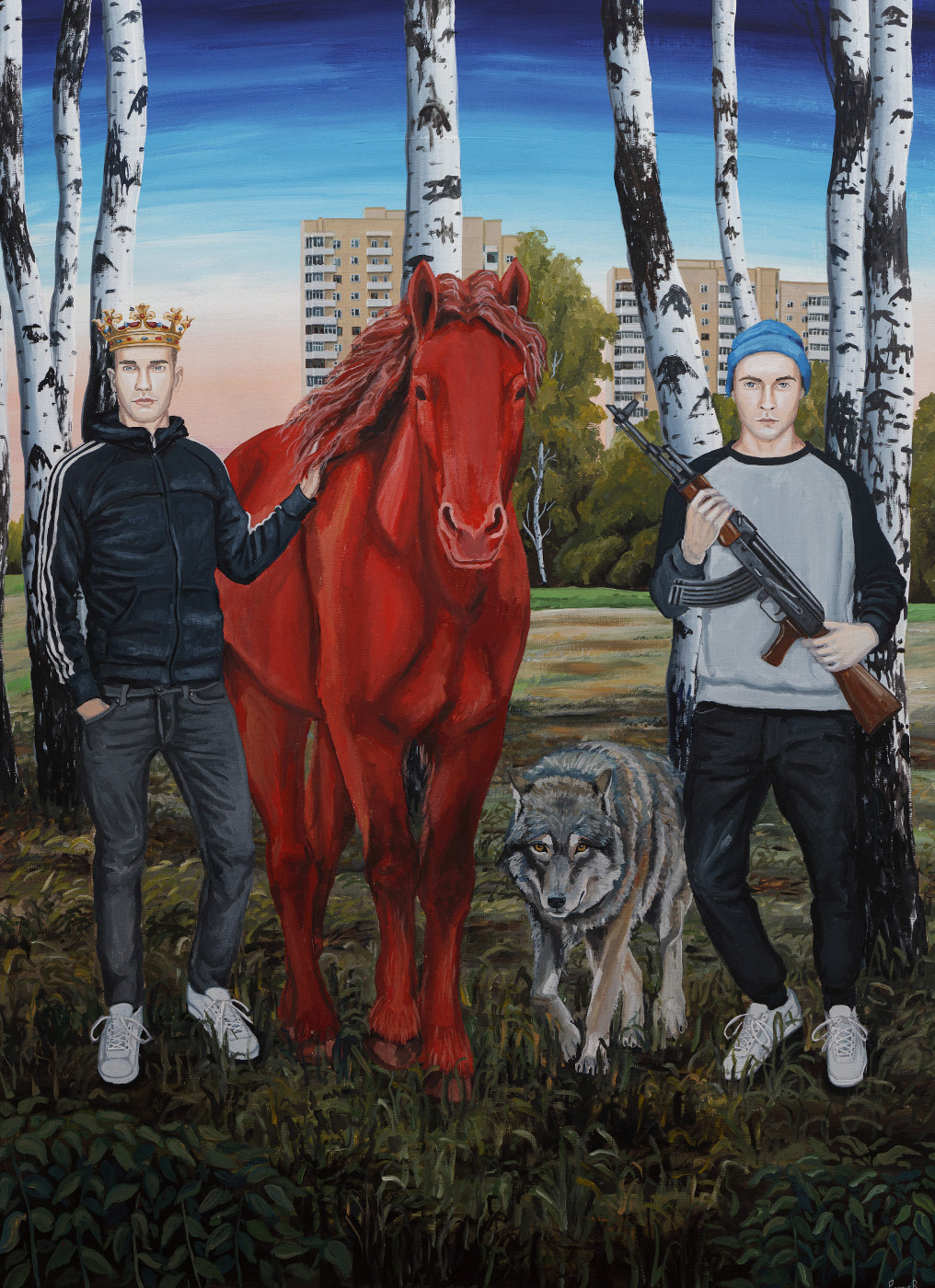
Providing a very different insight into Russian culture is the Museum of Industrial Culture, on the edge of Kuzminki Park about a 20-minute walk from Lyublino metro. Founded by Lev Naumovich Zheleznyakov as “a portrait of a whole culture”, the museum is effectively a huge shed.
Think of the warehouse from Indiana Jones but instead of lost arks and government secrets it is packed full of everyday Soviet-era artefacts: everything from mobile phones, toys and televisions to bicycles, gliders, old water dispensers and a World War Two rocket truck. It is an intriguing place but, like many of Moscow’s cinemas, it too may be forced to relocate. A campaign is under way to save the museum in its present location, but its future remains unclear.
Many of these arts centres, museums and organisations have been working with the Austrian Cultural Forum on a series of exhibitions, residencies and other projects under the heading Na Rajone (meaning “Beyond the Centre”). Much credit ought to go to Simon Mraz, the indefatigably good-humoured Austrian cultural attaché, based in Moscow since 2009.
Mraz has long been passionate about contemporary art production well beyond Moscow in the so-called peripheries of Russia. Spearheaded by Mraz, Na Rajone is an important project for many different people and for many different reasons. For artists it offers some much-needed financial support. In Novo Molokovo, a large residential development south of Moscow, Na Rajone is helping to realise a major public art project with locals voting for the proposal they like the most.
For the art-loving visitor, meanwhile, projects like Na Rajone help to shed light upon the diverse richness of Moscow’s arts communities away from the big institutions in the city centre.
-
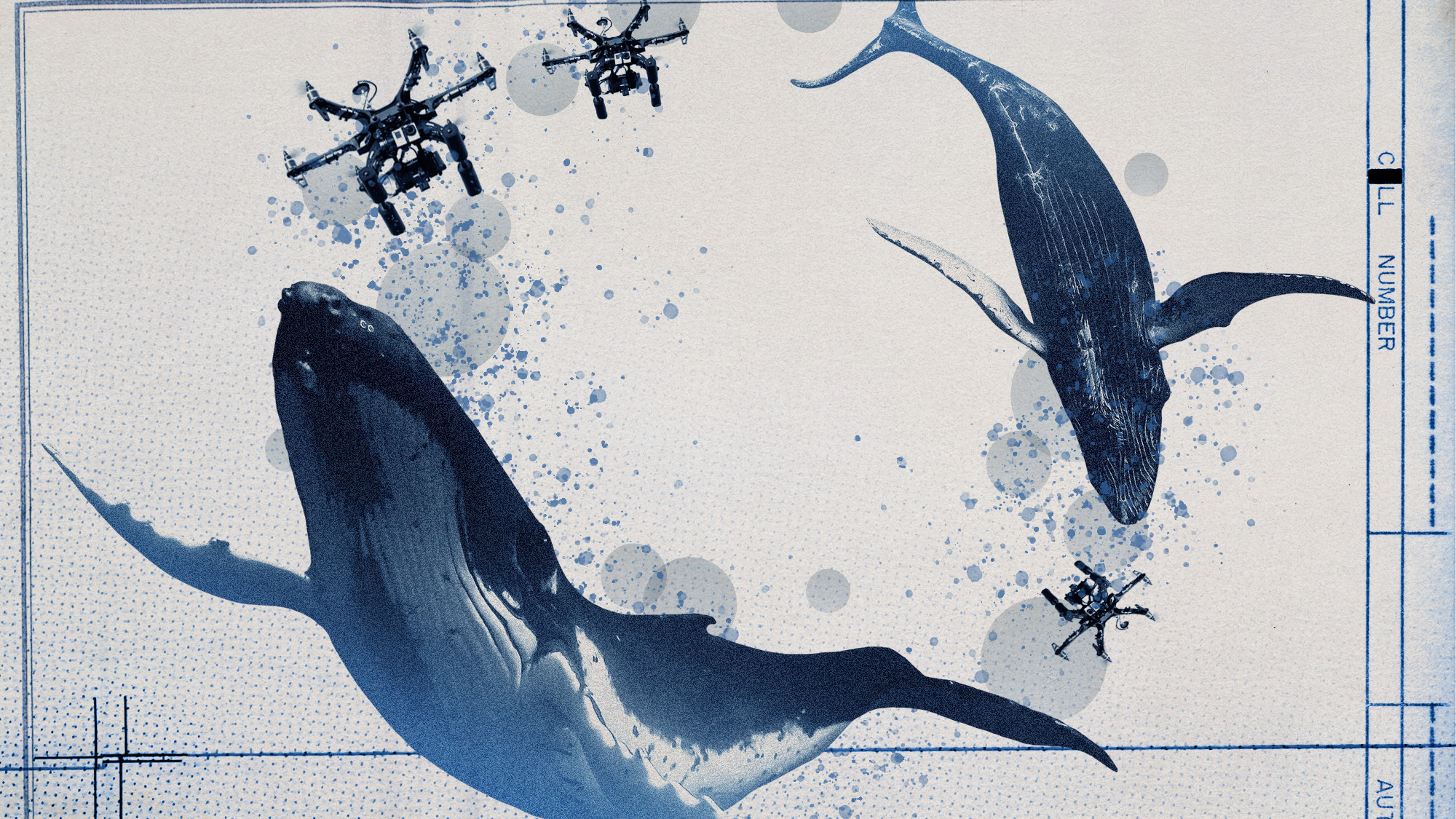 How drones have detected a deadly threat to Arctic whales
How drones have detected a deadly threat to Arctic whalesUnder the radar Monitoring the sea in the air
-
 A running list of the US government figures Donald Trump has pardoned
A running list of the US government figures Donald Trump has pardonedin depth Clearing the slate for his favorite elected officials
-
 Ski town strikers fight rising cost of living
Ski town strikers fight rising cost of livingThe Explainer Telluride is the latest ski resort experiencing an instructor strike
-
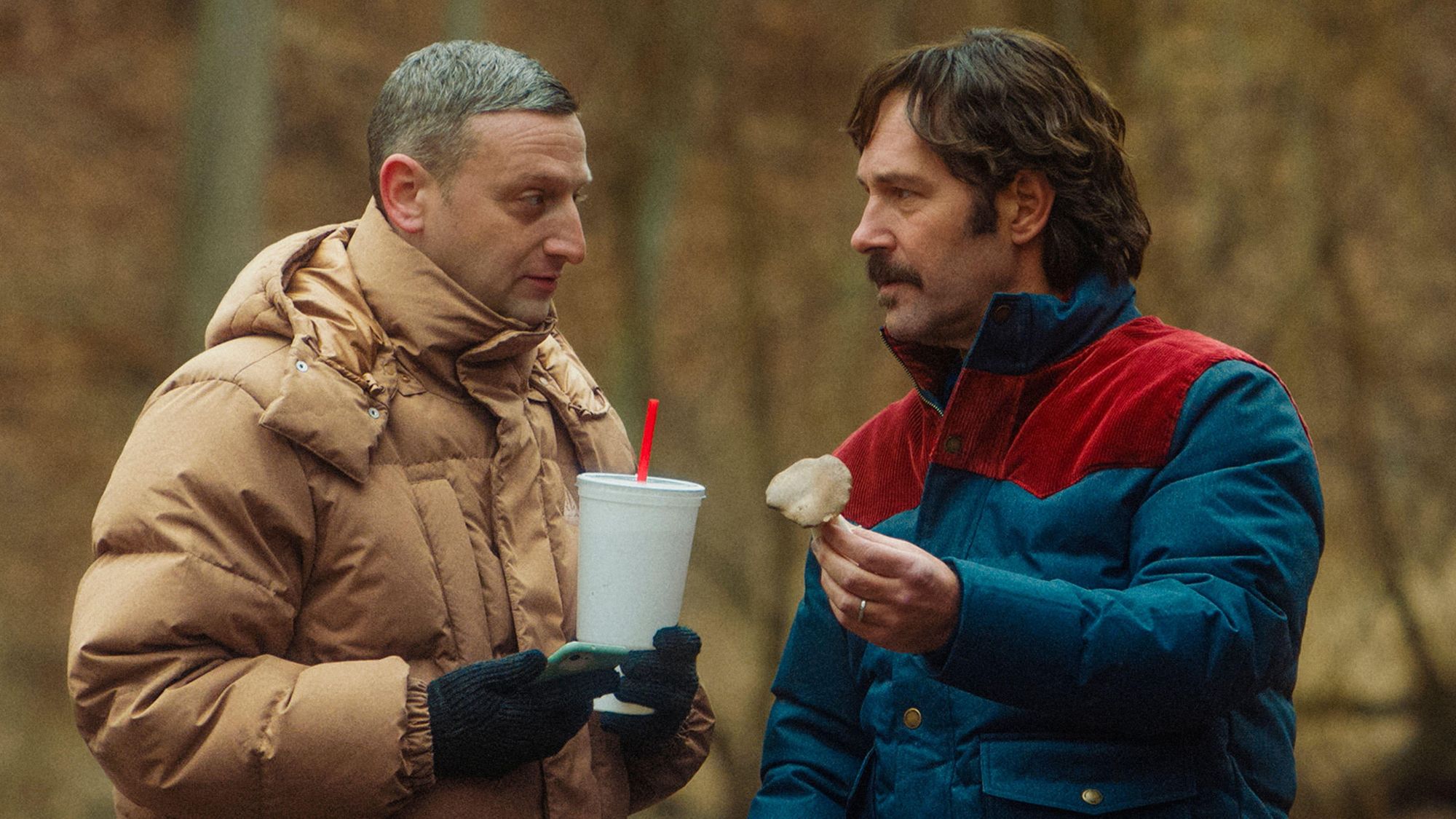 Friendship: 'bromance' comedy starring Paul Rudd and Tim Robinson
Friendship: 'bromance' comedy starring Paul Rudd and Tim RobinsonThe Week Recommends 'Lampooning and embracing' middle-aged male loneliness, this film is 'enjoyable and funny'
-
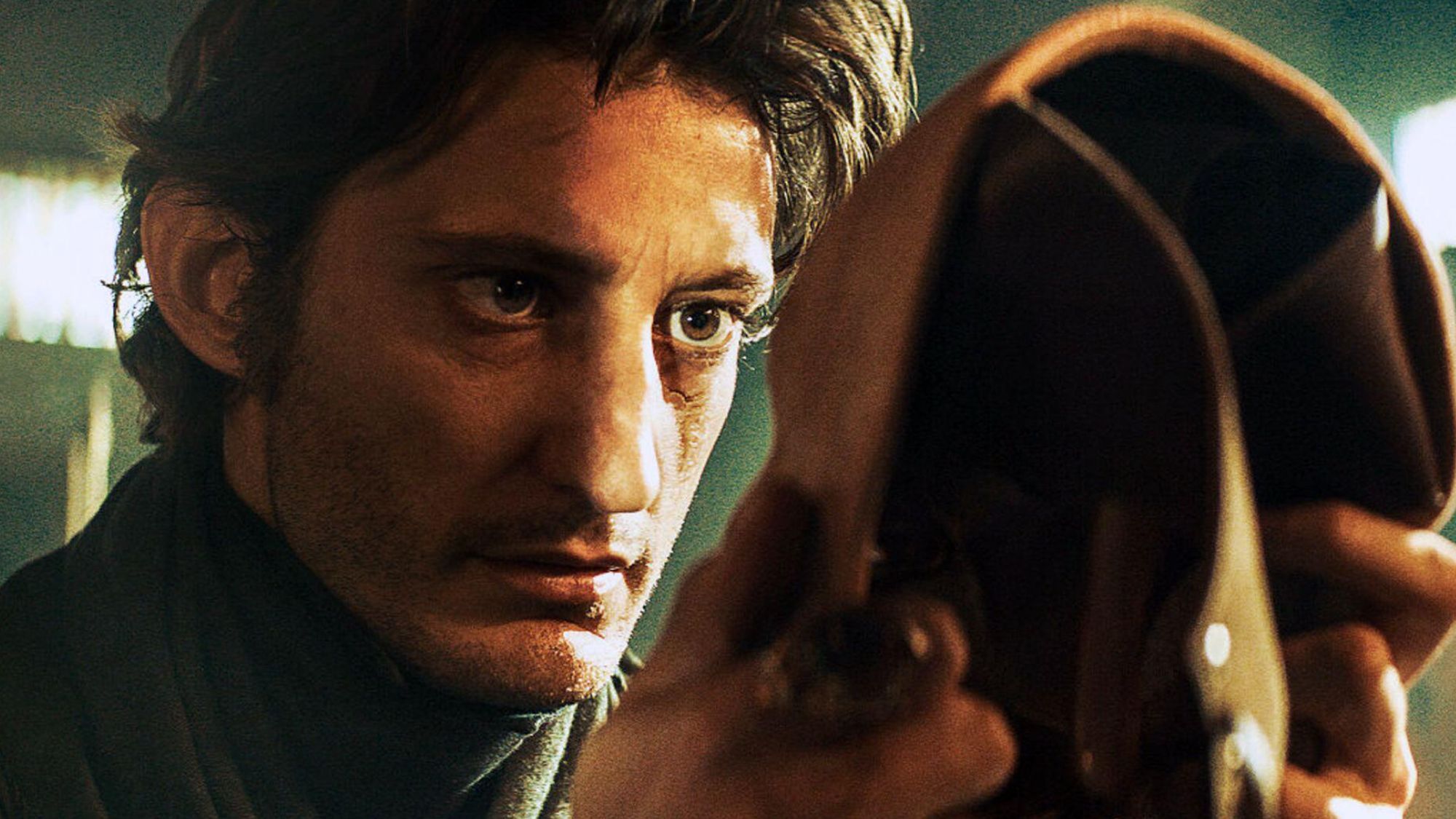 The Count of Monte Cristo review: 'indecently spectacular' adaptation
The Count of Monte Cristo review: 'indecently spectacular' adaptationThe Week Recommends Dumas's classic 19th-century novel is once again given new life in this 'fast-moving' film
-
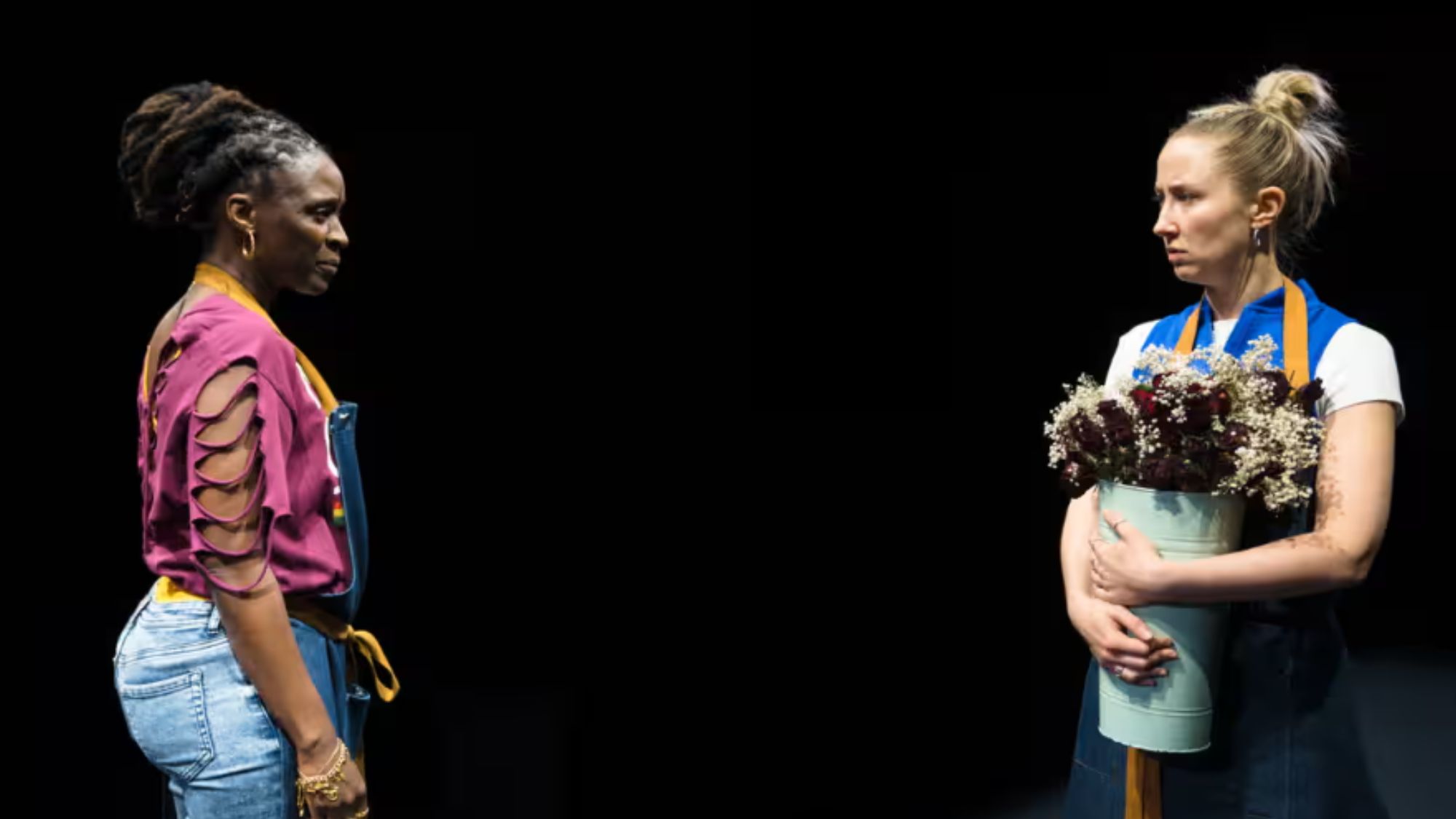 Death of England: Closing Time review – 'bold, brash reflection on racism'
Death of England: Closing Time review – 'bold, brash reflection on racism'The Week Recommends The final part of this trilogy deftly explores rising political tensions across the country
-
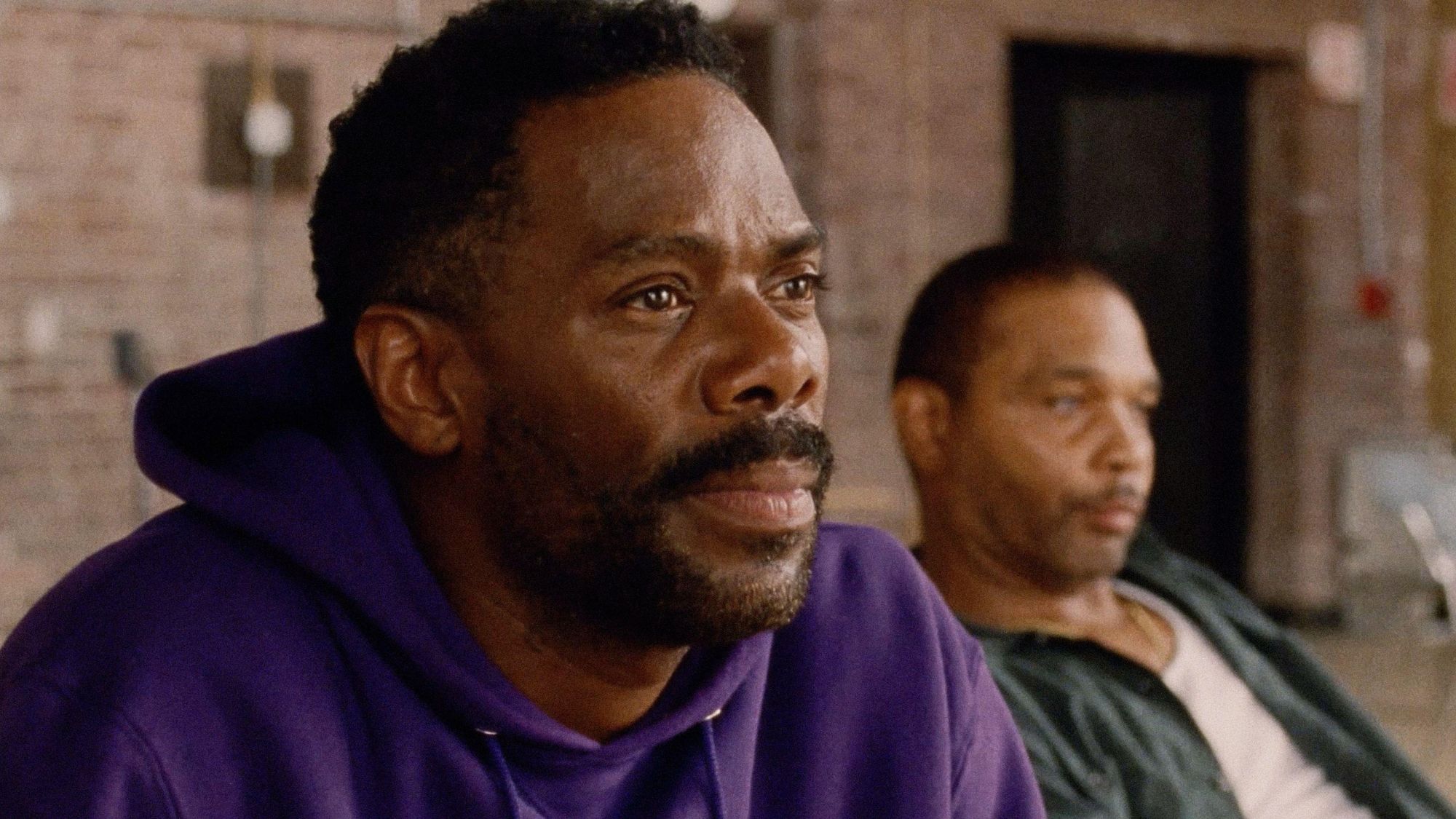 Sing Sing review: prison drama bursts with 'charm, energy and optimism'
Sing Sing review: prison drama bursts with 'charm, energy and optimism'The Week Recommends Colman Domingo plays a real-life prisoner in a performance likely to be an Oscars shoo-in
-
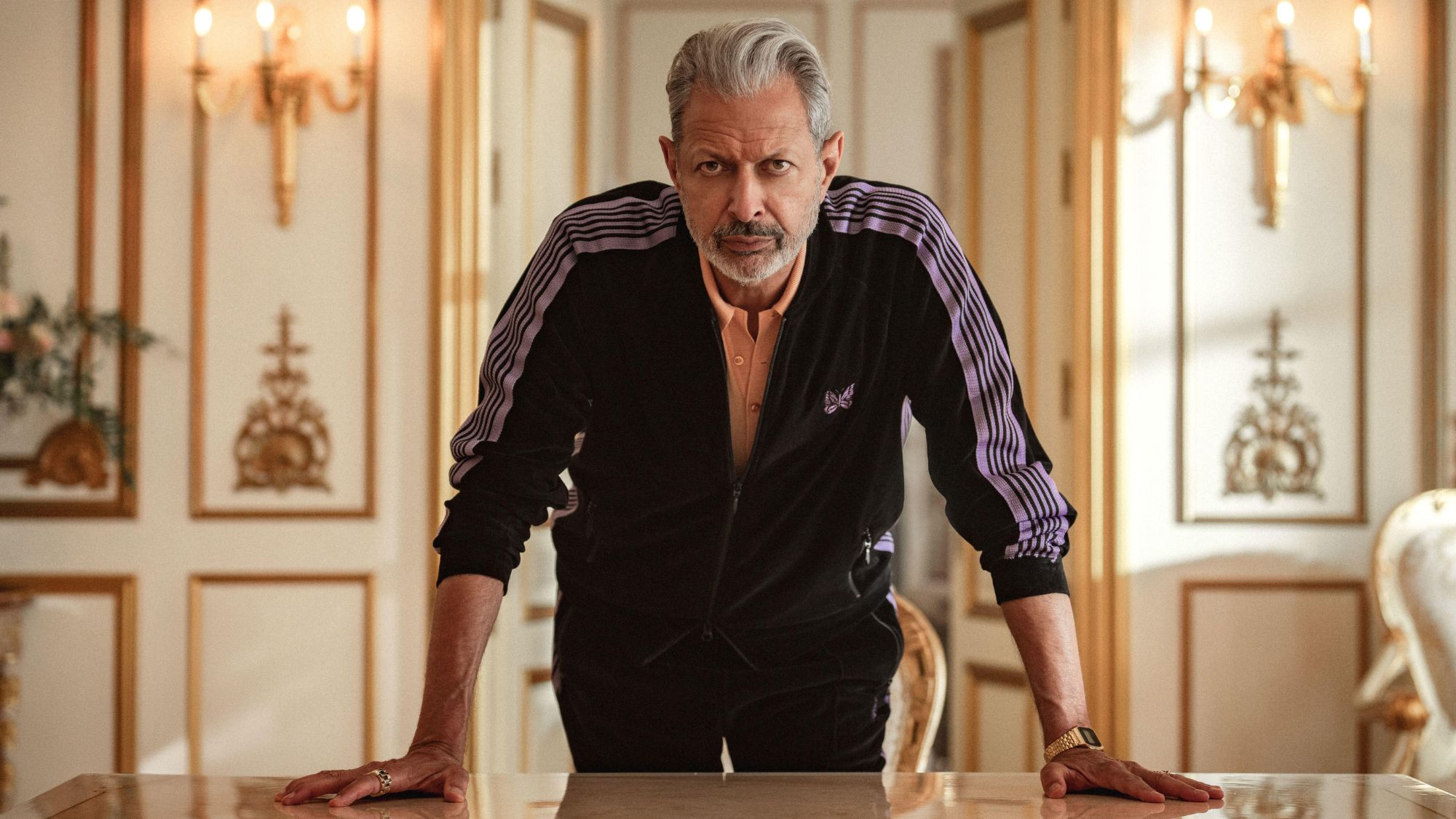 Kaos review: comic retelling of Greek mythology starring Jeff Goldblum
Kaos review: comic retelling of Greek mythology starring Jeff GoldblumThe Week Recommends The new series captures audiences as it 'never takes itself too seriously'
-
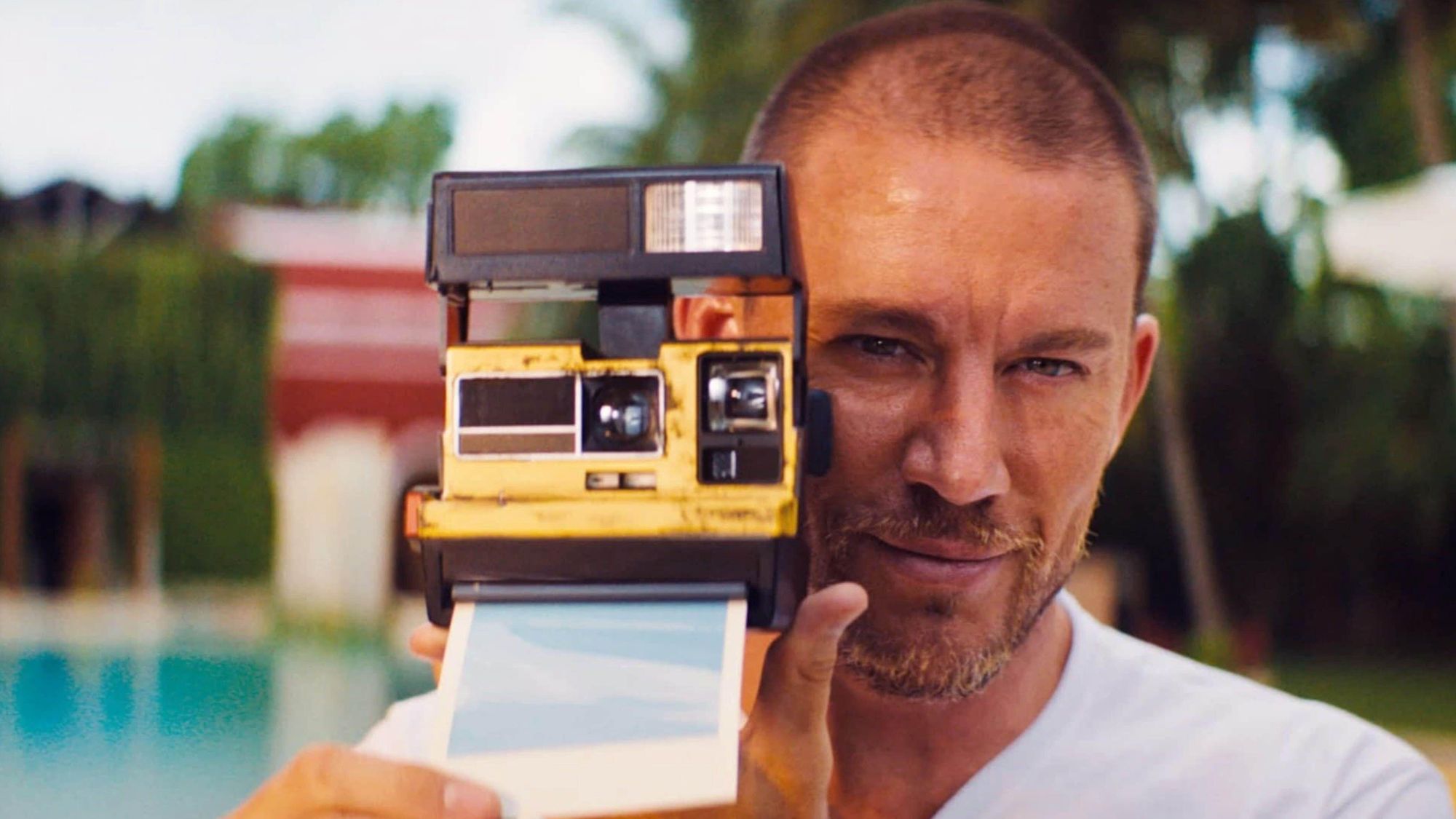 Blink Twice review: a 'stylish and savage' black comedy thriller
Blink Twice review: a 'stylish and savage' black comedy thrillerThe Week Recommends Channing Tatum and Naomi Ackie stun in this film on the hedonistic rich directed by Zoë Kravitz
-
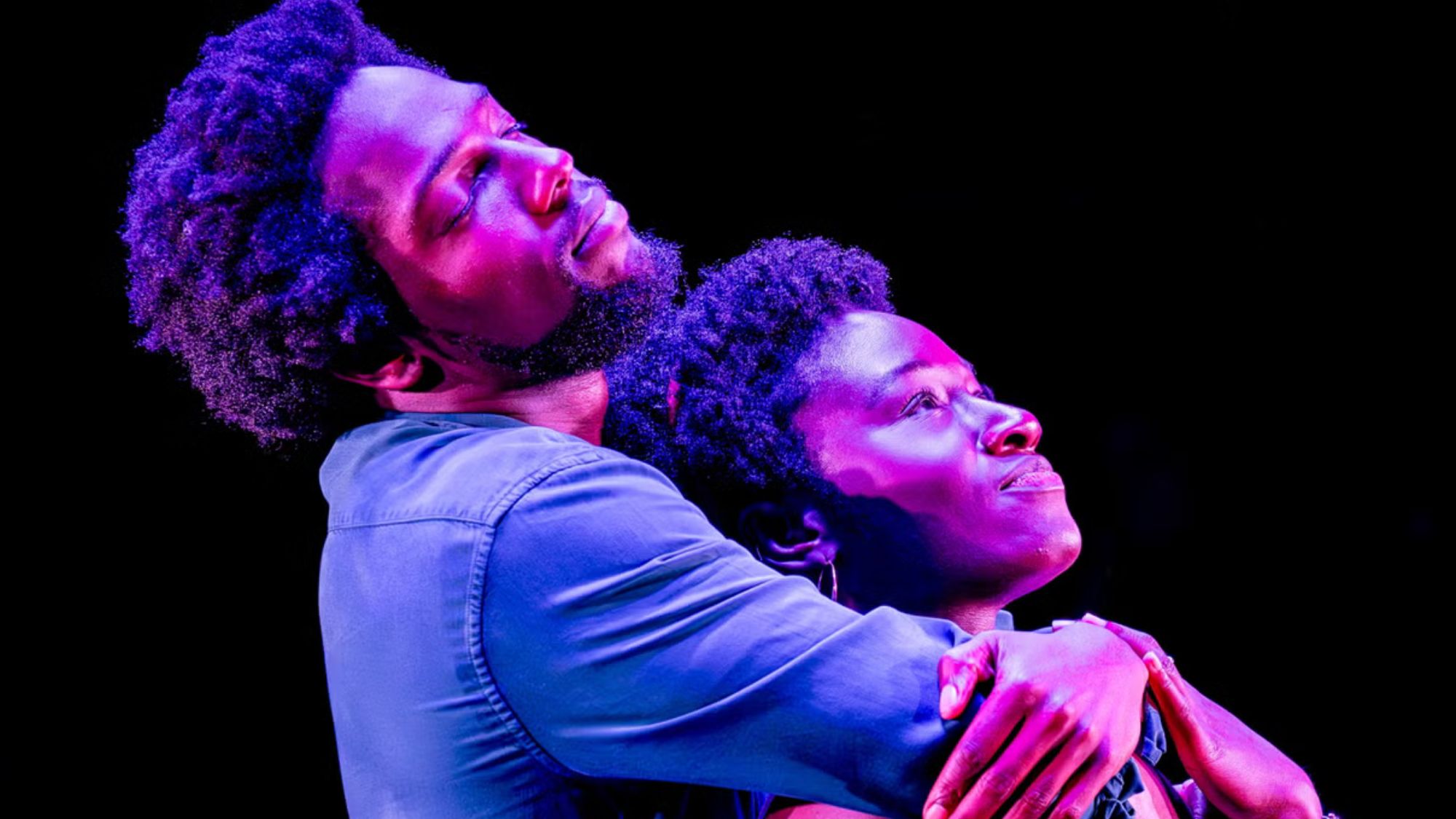 Shifters review: 'beautiful' new romantic comedy offers 'bittersweet tenderness'
Shifters review: 'beautiful' new romantic comedy offers 'bittersweet tenderness'The Week Recommends The 'inventive, emotionally astute writing' leaves audiences gripped throughout
-
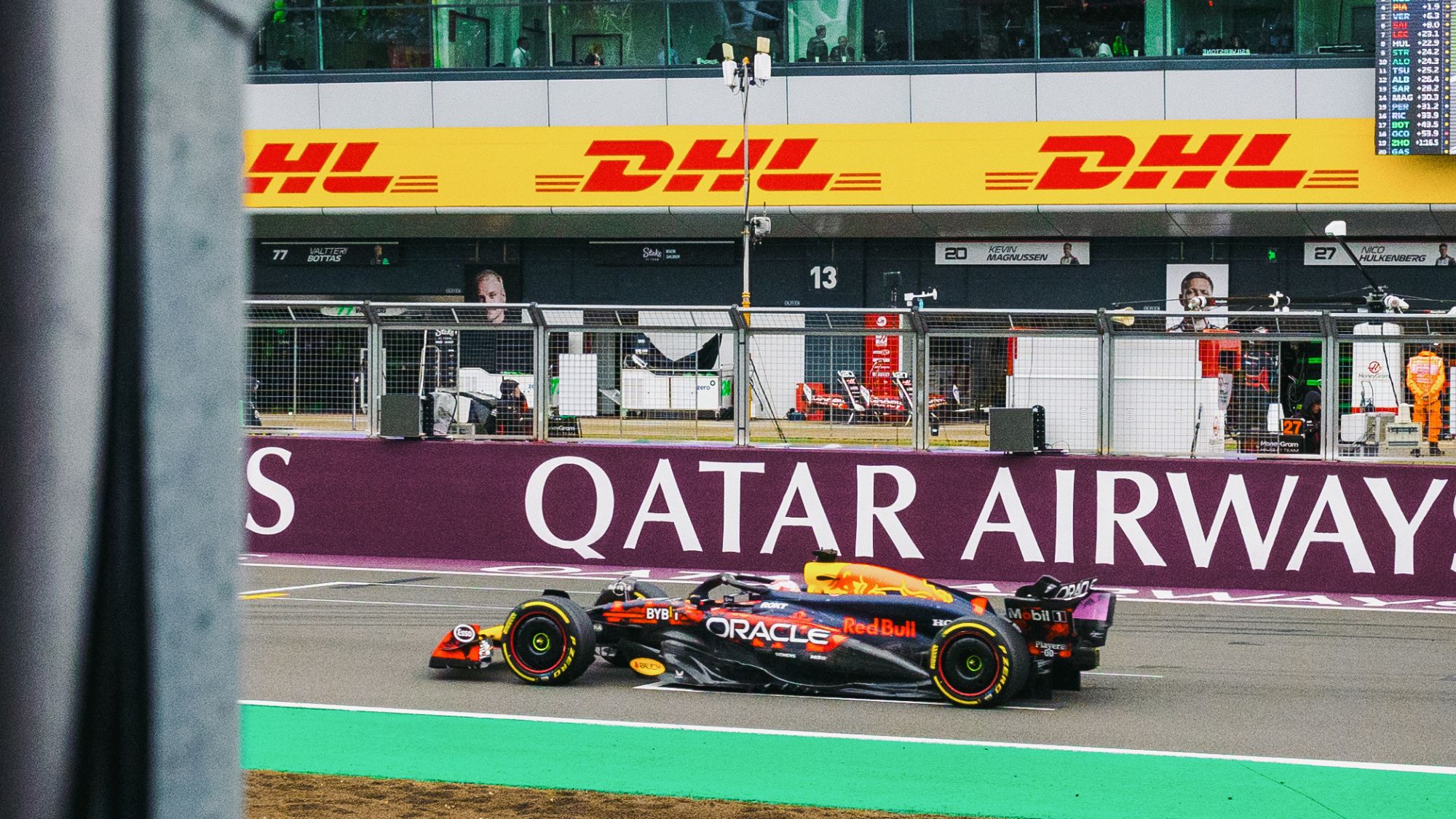 How to do F1: British Grand Prix 2025
How to do F1: British Grand Prix 2025The Week Recommends One of the biggest events of the motorsports calendar is back and better than ever